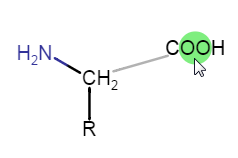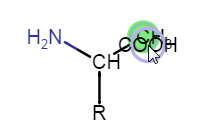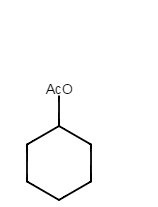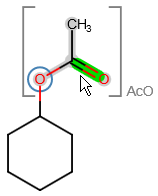Abbreviated groups (Superatom S-groups)
How to create an abbreviation

Open the Abbreviated groups dialog via Abbreviated groups button on the Template Toolbar or press Space Bar keyboard button. Start typing then select a group from the appearing list, then close the dialog and the selected group appears on the tip of the cursor. You can place it on the canvas with a left-click.

When Expand checkbox is ticked, the abbreviated group will be in fully expanded form on the tip of the cursor. The attachment points are represented with a purple circle around them. After placing the group on the canvas, this feedback will disappear.
You can also change to expanded display on creation by pressing the SHIFT button.
How to connect an abbreviated group to another structure


You can put the contracted abbreviated group onto the canvas, then connect it to your structure with a bond, or you can just merge the group onto another atom.
Display of the abbreviations


Abbreviated groups can be displayed in two ways: in a contracted form or an expanded form. (You can change the representation on creation, or later via the group context menu.)
Expanded groups are denoted by a special feedback: when the cursor is over them, grey background appears around the group and the abbreviated name is also visible on the lower right corner of the bounding brackets.
The attachment points of the groups are circled with blue.
How to modify the abbreviated groups
Contracted groups can be manipulated as atoms; while expanded abbreviated groups can be handled as molecules or fragments.
Editing an expanded abbreviated group in any sense - i.e., changing/deleting an atom or a bond, modifying the charge or mass number of atoms - leads to the substructure ungrouping.
If an expanded group is "ungrouped", the feedback around it will disappear. The same action in case of a contracted group results that the group will be expanded, then its feedback will disappear.